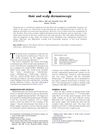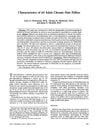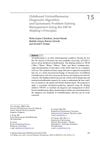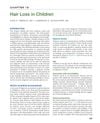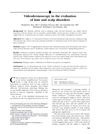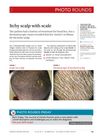Trichotillomania in Children: A Retrospective Study
January 2015
in “
Skin appendage disorders
”
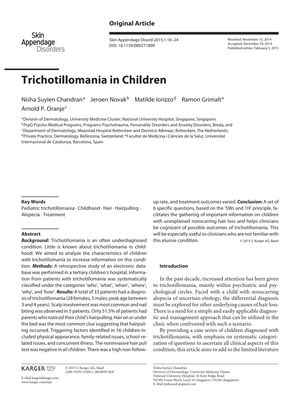
TLDR Children with trichotillomania often pull hair from their scalp, and parents may not notice; stress can trigger it, and asking detailed questions helps in diagnosis and treatment.
The document summarizes a retrospective study of 33 children diagnosed with trichotillomania at a tertiary children's hospital, revealing that scalp involvement was most common and that only 51.5% of parents noticed their child's hair pulling. It was found that triggering factors such as physical appearance, family, school issues, and illness played a role in 48.5% of the cases. The study emphasizes the need for clinicians to ask specific questions to diagnose trichotillomania, especially since hair pulling may occur during sleep and may not be noticed. The document also discusses the importance of considering parental behavior and stressful triggers in the onset of the condition. It describes diagnostic tools like the hair pull test and dermoscopy and highlights the challenges in treatment, including parental acceptance and confidence in management plans. Behavioral therapy is noted as a promising treatment, and pharmacotherapy has had mixed results. The study advocates for the '5Ws and 1H' questioning approach to improve understanding and treatment of trichotillomania in children.
